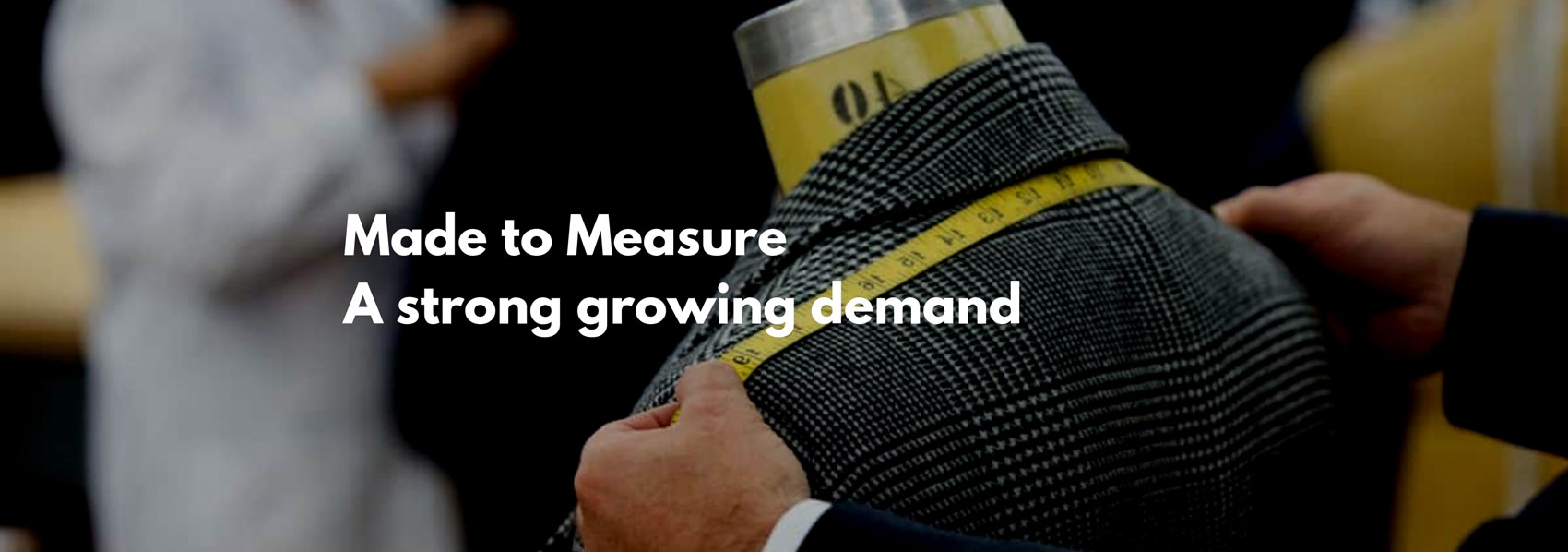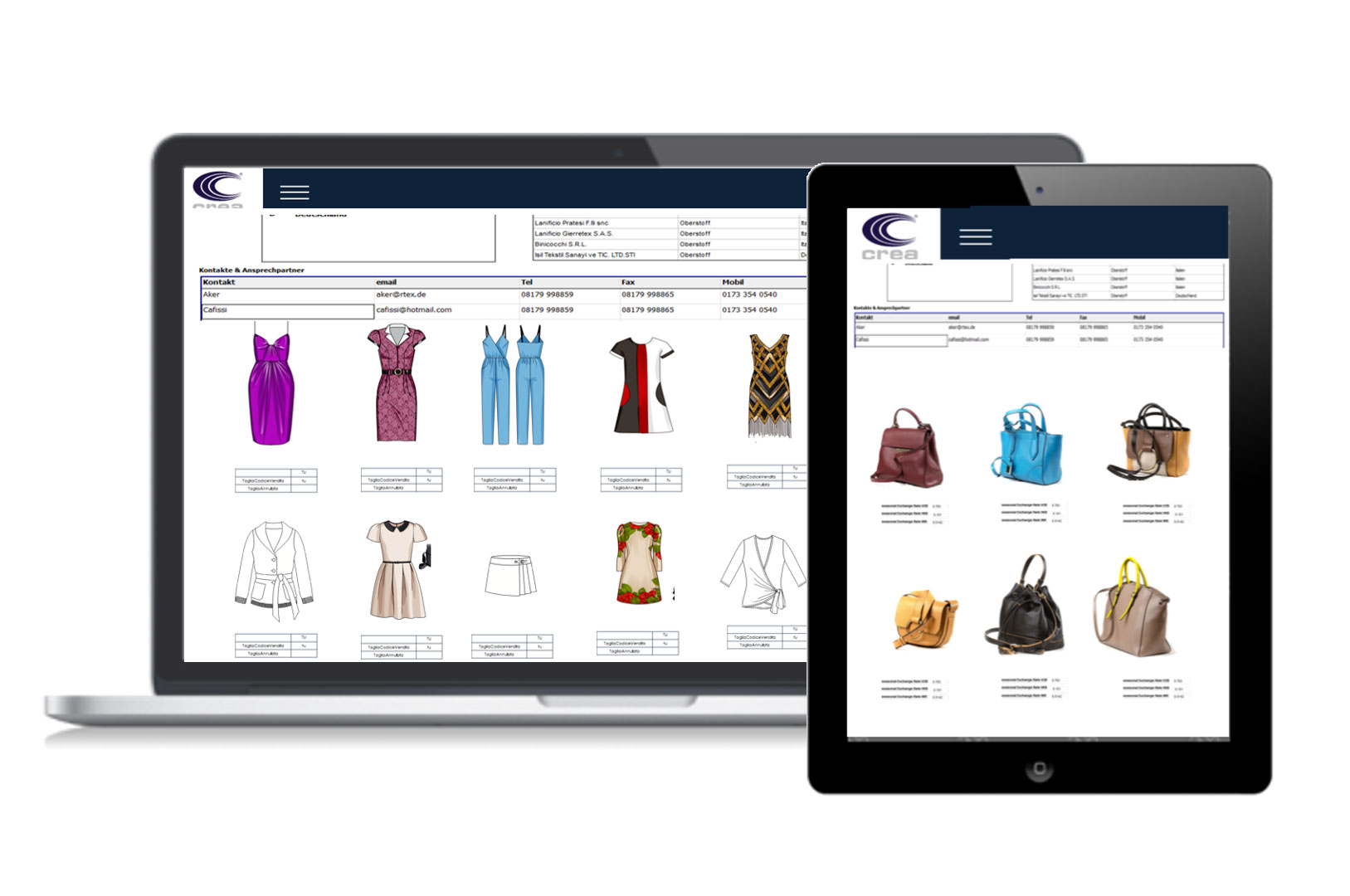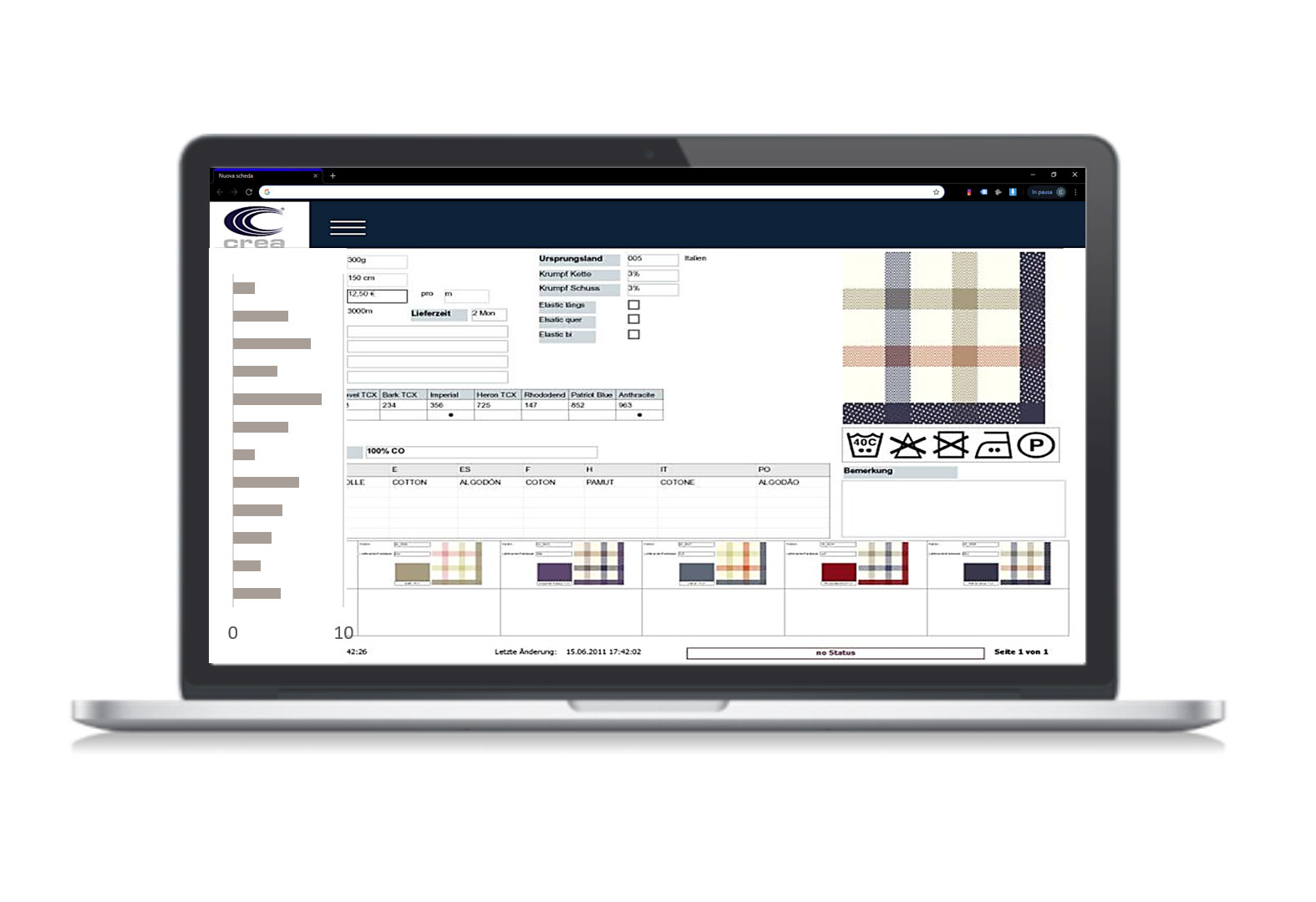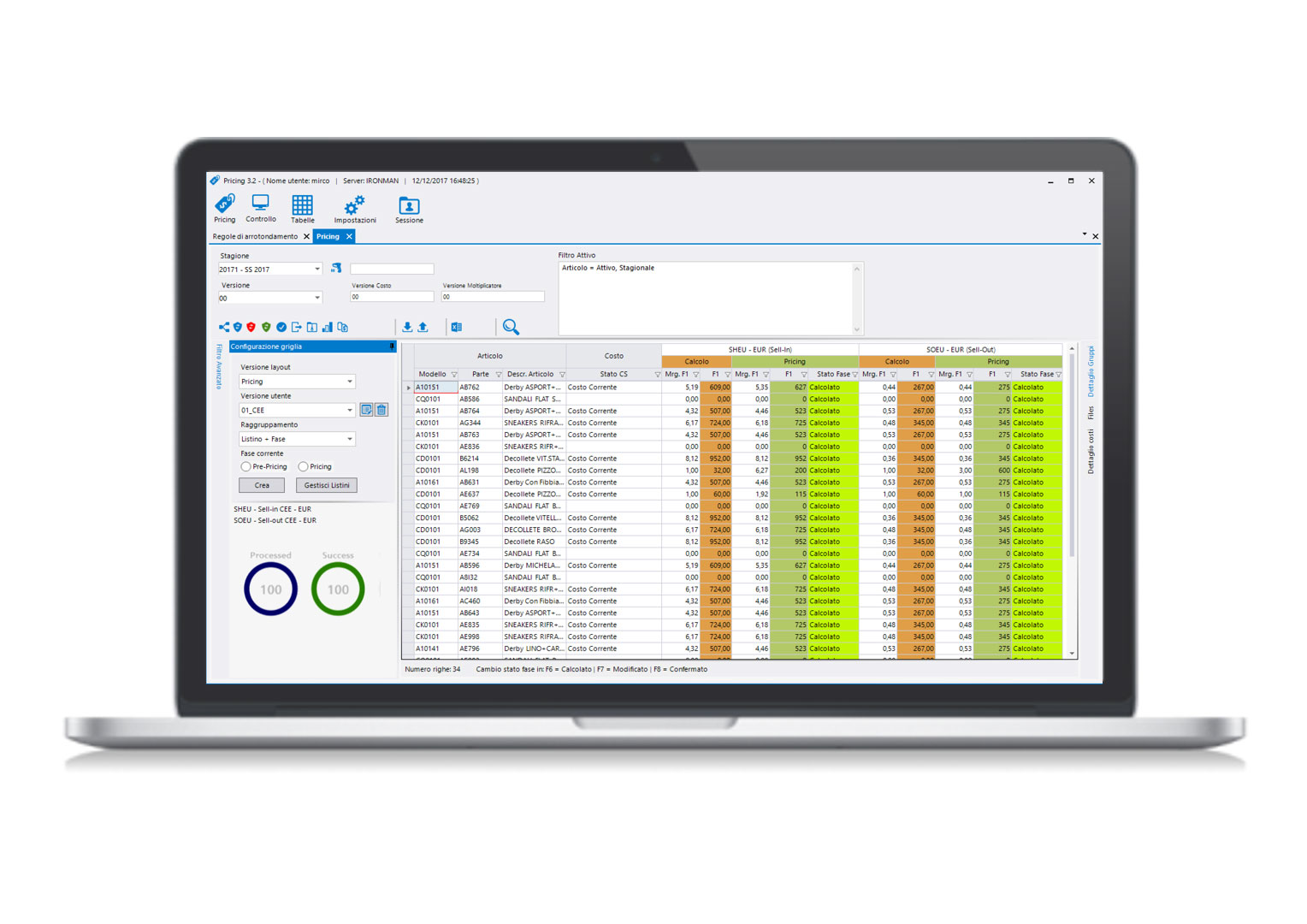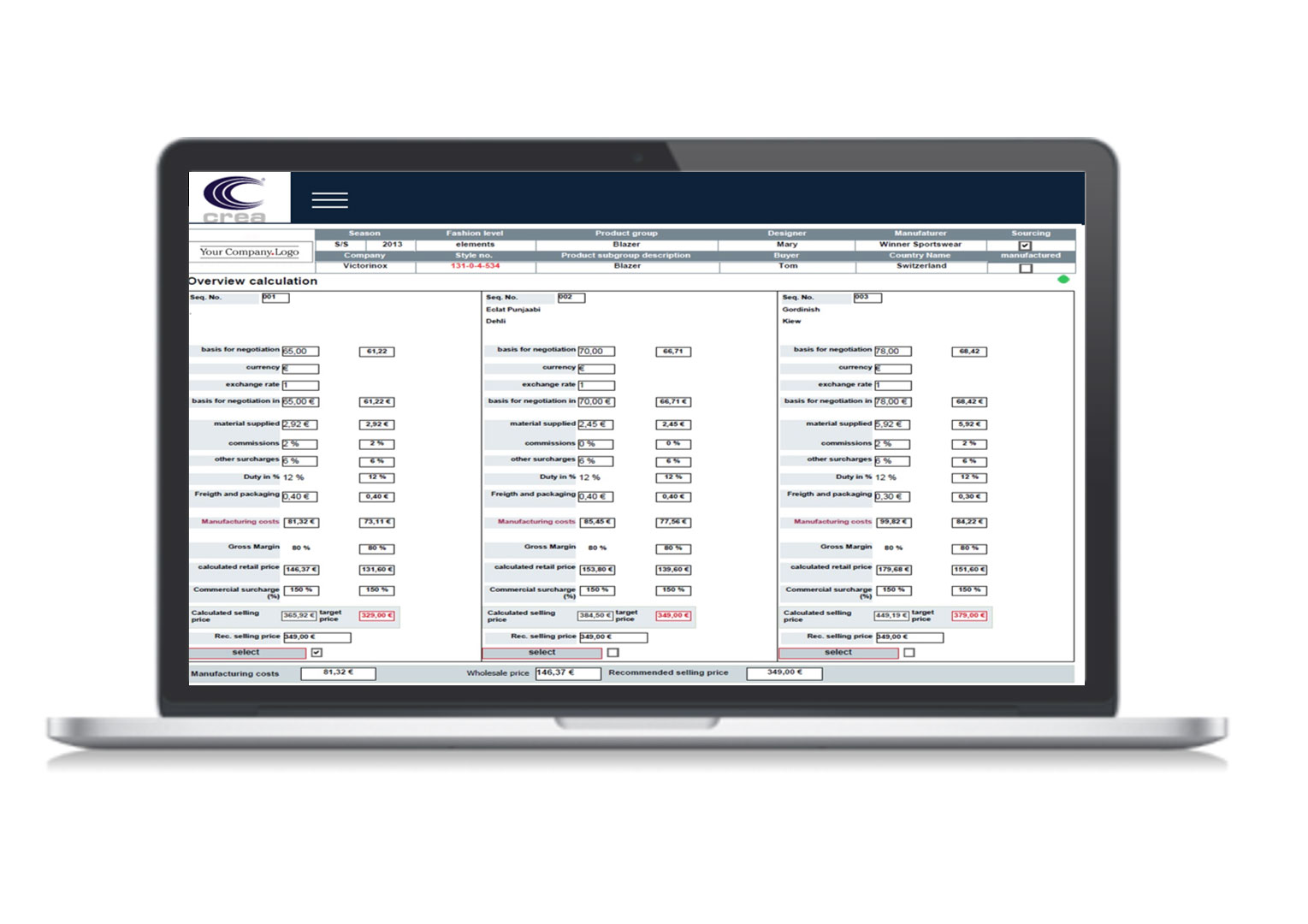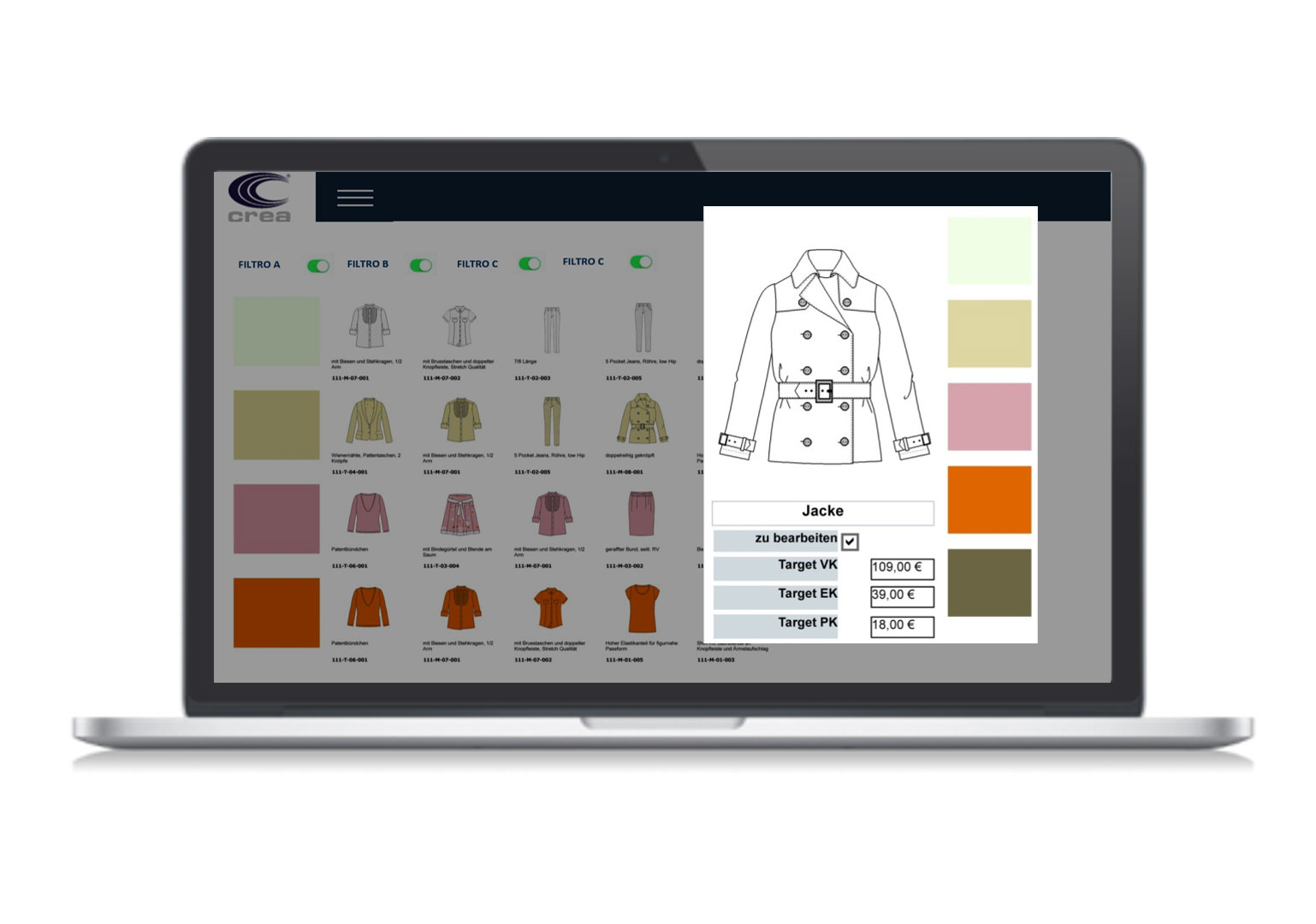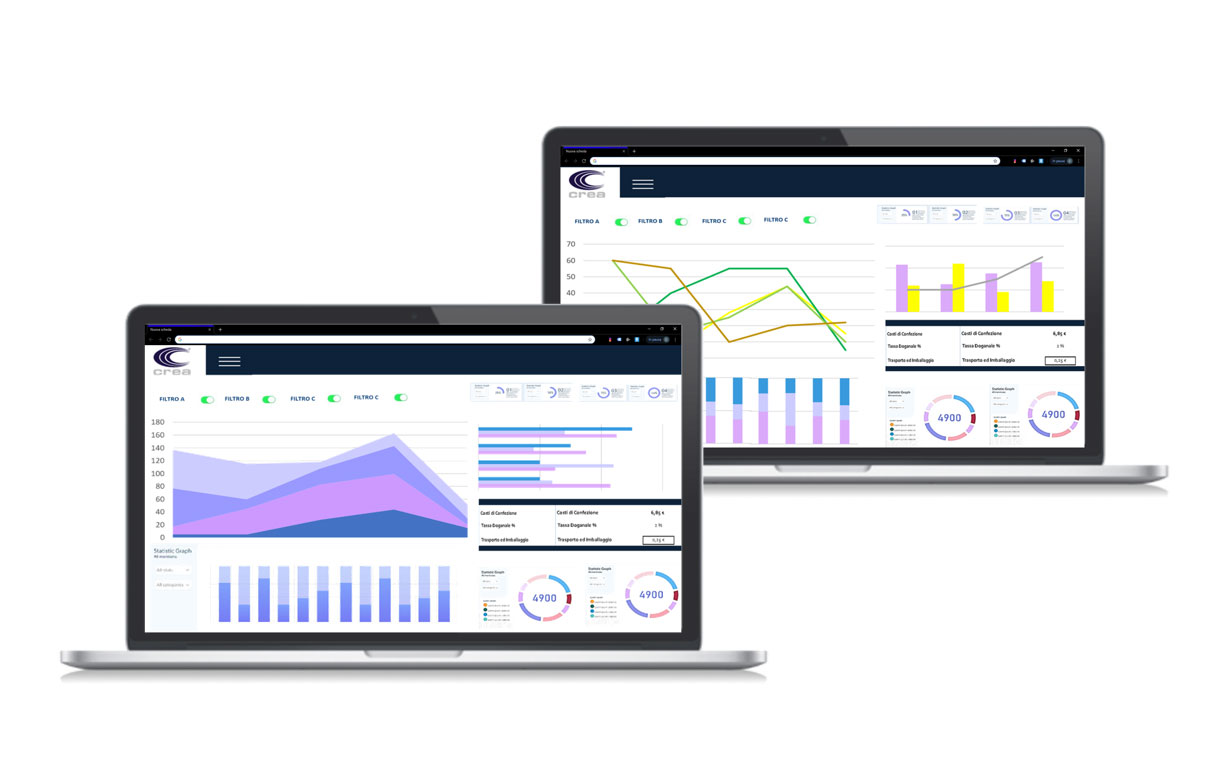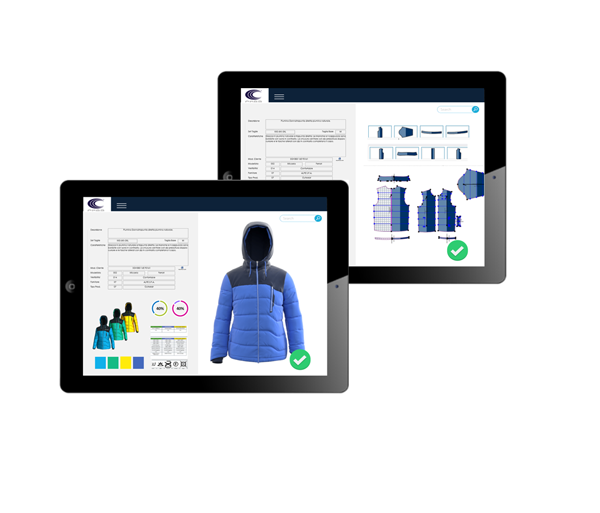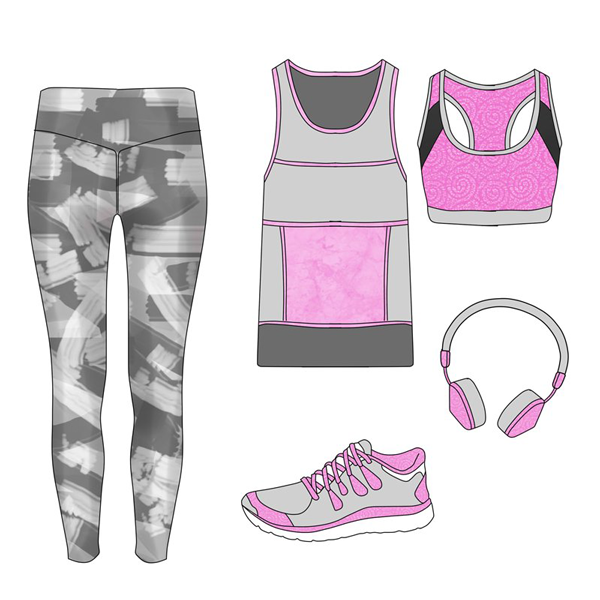Bespoke apparel : strong growing demand
In recent years, the men’s clothing market has grown a lot, reaching over 500 billion global sales. A big part of this growing market is that inherent in luxury clothing and the bespoke apparel for men is also booming.
The new trends in men’s fashion are clear: bespoke apparel is becoming increasingly popular. Contemporary man prefers personalized clothing that best enhances his personality.
In this case, the millennials (individuals who today are between the ages of 25 and 40), constitute the largest percentage of demand for custom-made clothing that is economically accessible.
What motivates the purchase of a bespoke suit? In addition to the perfect fit there is also the desire to self-gratify and have a unique shopping experience. On the one hand there is the pursuit of luxury and exclusivity and on the other there is a new way of conceiving an authentic elegance dictated by the customization of the garment (made to order) as can be the demand for refined fabrics or details (particular models, linings of different colors …).
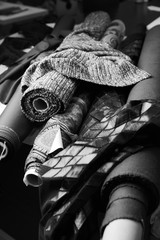 |
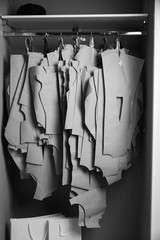 |
 |
Why should men’s fashion companies choose to produce tailored clothing?
Demand is growing strongly and the market is favourable: over 24% of young people are willing to wait longer to have a personalized cloth, and millennials are willing to pay up to 35% more to get a tailored garment.
Tailor-made is a great business opportunity as it represents the exact match between supply and demand: only what is ordered by the customer is produced, through a lean production. There are no inventories, payment is always anticipated and the service itself is also an advantage for retailers, who avoid facing the risks of a low sell out.
Companies that also produce bespoke apparel recorded an increase in the percentage of turnover from this service, up to 10% -15%.
How to take advantage of this growing trend?
Suits that until a few years ago could only be purchased by a few wealthy consumers, due to expensive fabrics and high-skill workmanship, are becoming accessible for the mid-range.
To take advantage of this trend it is necessary to rely on the right technologies to obtain the maximum sartorial precision, taking advantage of very fast automated and globally integrated systems that allow to have only 120 seconds from gripping fabric cutting measures, including model creation, nesting and vision artificial fabrics with squares and stripes.
If high tailoring is associated with long waiting times and high costs, while mass production is associated with low quality, today it is possible to stay in the middle with “mass customization” that combines short delivery times, high quality and prices accessible.




